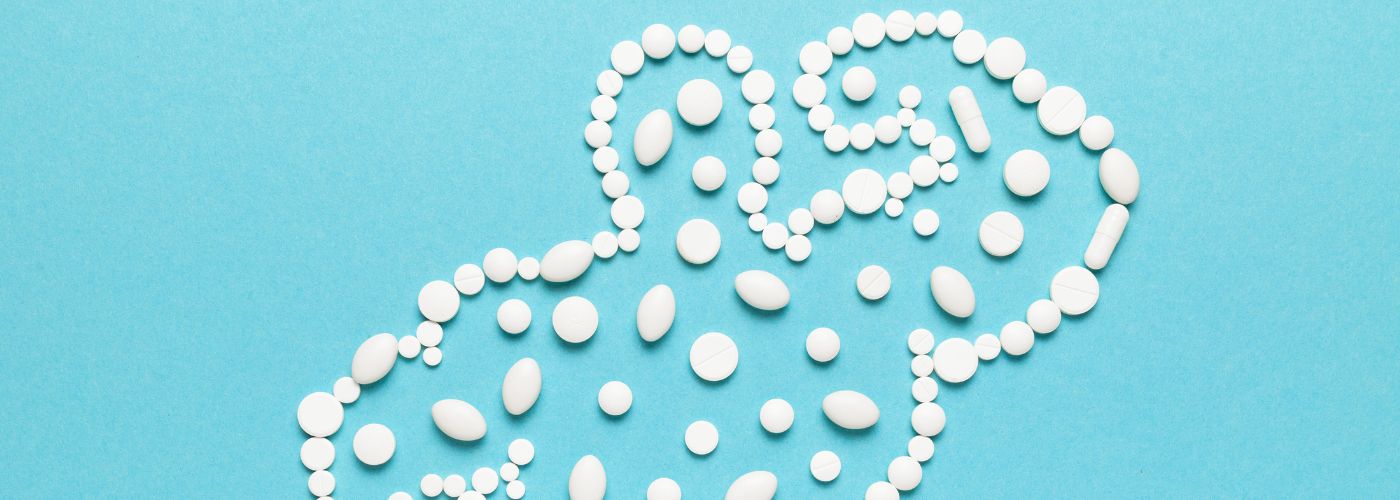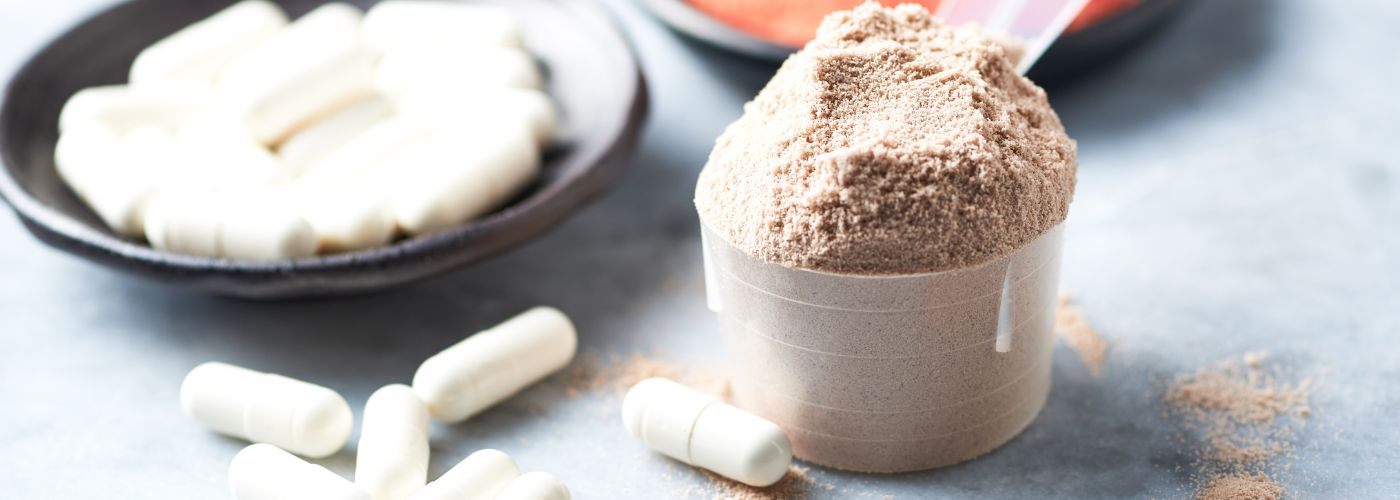If you’re diving into the world of fitness supplements, you’ve likely encountered the buzz around Beta-Alanine. Known for its potential to enhance athletic performance, Beta-Alanine has become a staple in the routines of many fitness enthusiasts.
Let’s unravel the mysteries surrounding this amino acid, addressing common questions from those looking to improve their long-term health and wellness!
How Much Beta-Alanine Should I Take?

As with any wellness journey, planning what steps to take and what equipment you’ll need along the way (from a dependable TENS/EMS device to appropriate workout clothes and more) starts with planning.
Determining the right dosage of Beta-Alanine involves considering various factors, including your fitness goals, body weight, and individual tolerance. Here’s a general guide to help you find the sweet spot:
Starting Point:
Begin with a lower dosage, around 2 to 3 grams per day, to assess your body’s response. This allows you to gauge tolerance and minimize the potential for side effects like tingling sensations (more on that later).
Gradual Increase:
If well-tolerated, consider gradually increasing the dosage to 4 to 6 grams per day. Splitting the dosage throughout the day can help manage potential side effects.
Performance Enhancement:
Athletes aiming for performance enhancement often incorporate Beta-Alanine in a pre-workout routine. In such cases, a single dose ranging from 4 to 6 grams about 30 minutes before exercise is common.
Loading Phase (Optional):
Some individuals opt for a loading phase where they consume higher doses (up to 6 grams) multiple times a day for a few weeks. This can saturate muscle stores more quickly but may result in more pronounced tingling sensations.
Individual Response:
Listen to your body. If you experience noticeable improvements with a lower dosage, there’s no need to push for higher amounts. Individual responses to Beta-Alanine can vary, and finding what works best for you is key.
Does Beta-Alanine Make You Itch?
One of the most common and harmless side effects associated with Beta-Alanine is paresthesia, commonly described as a tingling or itching sensation. Here’s what you need to know about this sensation:
Normal Response:
The tingling sensation is a normal and temporary response to Beta-Alanine. It typically occurs within 15 to 20 minutes after consumption and is more pronounced with higher doses.
Benign Side Effect:
Paresthesia is benign and not harmful. It’s caused by the activation of nerve receptors under the skin and is unrelated to an allergic reaction or any harm to the body. Not everyone experiences the tingling sensation, and its intensity can vary among individuals. Some may find it mild and tolerable, while others may feel it more prominently.
Reducing Intensity:
If the tingling sensation is too intense for your liking, consider spreading your Beta-Alanine intake throughout the day or opting for a sustained-release formula. This can minimize the peak levels that trigger the tingling effect.
Does Beta-Alanine Keep You Awake?

Beta-Alanine is often a component of pre-workout supplements, leading to concerns about its impact on sleep. Let’s address this common query:
Beta-Alanine itself does not contain stimulants that directly interfere with sleep. Unlike ingredients like caffeine, it does not cause wakefulness or insomnia.
While Beta-Alanine doesn’t directly affect sleep, the timing of consumption matters. If you’re sensitive to any potential stimulant-like effects, consider taking Beta-Alanine earlier in the day to allow its effects to taper off by bedtime.
As with any popular supplement, from electrolyte powder to protein bars, individual responses can vary. Some individuals may not experience any impact on sleep, while others might be more sensitive. Pay attention to your body’s reaction and adjust the timing accordingly.
How Long Does Beta-Alanine Take To Work?
Beta-Alanine is not an instant performance enhancer. It works by increasing the levels of carnosine in muscles over time, which, in turn, helps buffer acid build-up during intense exercise. Here’s what you can expect:
Gradual Accumulation:
It takes time for Beta-Alanine to accumulate in muscle tissues and elevate carnosine levels. Studies suggest that significant increases may be observed after several weeks of consistent supplementation.
Performance Benefits:
The performance benefits of Beta-Alanine, such as boosting endurance and stamina during high-intensity exercise, may become noticeable after a few weeks of regular use. Patience is key to experiencing the full potential of this amino acid.
Consistent Use is Key:
To maximize the benefits, consistency is crucial. Regular, daily supplementation allows your body to build and maintain elevated carnosine levels, contributing to improved exercise performance.
Understanding Beta-Alanine involves finding the right dosage for your fitness goals, embracing the tingling sensation as a harmless side effect, being mindful of timing to address potential sleep concerns, and recognizing that its performance benefits unfold gradually over time.
As always, it’s advisable to consult with a healthcare professional before incorporating any new supplement into your routine, especially if you have existing health conditions or concerns. With informed choices and a balanced approach, Beta-Alanine can become a valuable addition to your fitness journey!

Related Stories
How to Cope with a Sports Injury
Staying active helps your body stay strong. But sometimes, activity leads to pain, strain, or...
Jul
Red, White, and Soothe: How HiDow Helps You Recover in the Heat
Recovery that works in winter doesn’t always hold up in the heat. The body reacts...
Jul
Massage Gun Showdown: How the Power Duo Compares to Traditional Methods
Have you ever considered that a handheld device could revolutionize your muscle recovery? With the...
Jun
Fatherly Fitness Tips For Men’s Health Month
Men’s Health Month is more than a date on the calendar—it’s a call to action....
Jun
Built to Move: The Everyday Recovery Edit
Movement is what keeps us going—literally. Whether it’s recovering after a run, loosening up after...
Jun
Unlocking The Secret To Tissue Injury Recovery With TENS/EMS Devices
Have you ever wondered why some injuries take longer to heal than others? Tissue injuries...
May